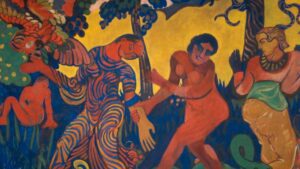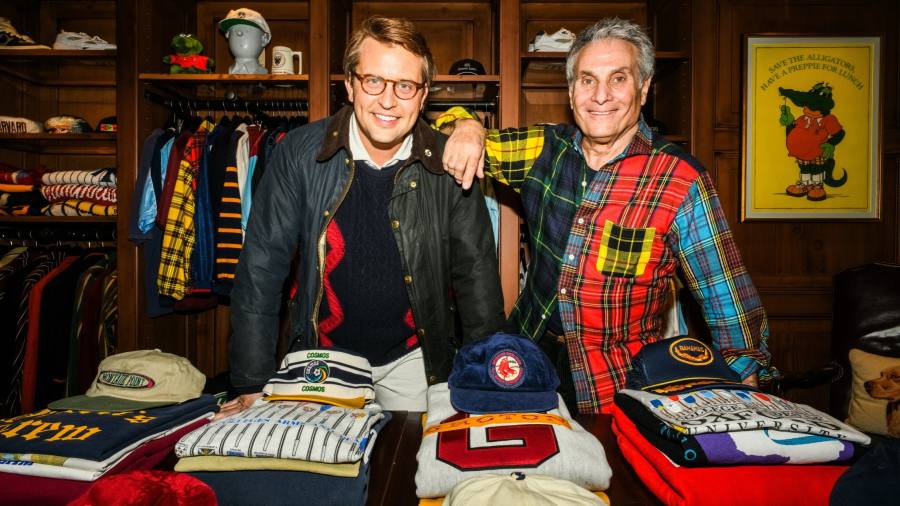
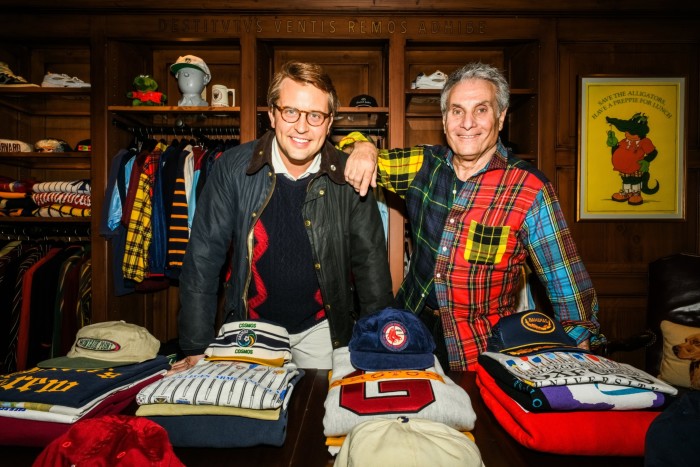
Having spent years in sandy trenches with a fossil brush, Jack Carlson has a fondness for long-dead things. Classic American prep is one of them. In 2017, the former archaeologist founded Rowing Blazers, a contemporary-priced brand with a tongue-in-cheek take on collegiate style. Through that, and the licensing of other labels such as Warm & Wonderful, he has displayed a knack for successfully reviving old designs, such as the sheep intarsia jumper once worn by Diana, Princess of Wales (he has sold $8mn of them since 2020).
Now, he is expanding his ambitions with the launch of the Blazer Group and a new addition to his portfolio of licensed brands: Chipp, a Manhattan tailor once renowned for making John F Kennedy’s suits.
“I love bringing a brand’s history to life in a way that’s relevant,” says Carlson, 35. “Today, authenticity is everything, and Chipp was one of the big four Ivy League brands.”
Next year, Carlson plans to relaunch Chipp as a menswear brand offering knitwear, suiting and separates — rendered anew with an irreverent lens. It’s the latest in a line of licensing deals made by Carlson and his business partner David Rosenzweig, former president of Sonia Rykiel and SVP of Perry Ellis. They see the Blazer Group, with five brands, as a mini-empire of modern prep.
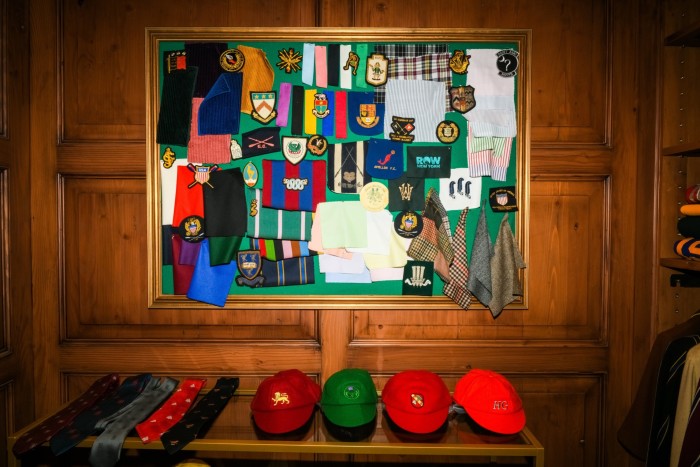
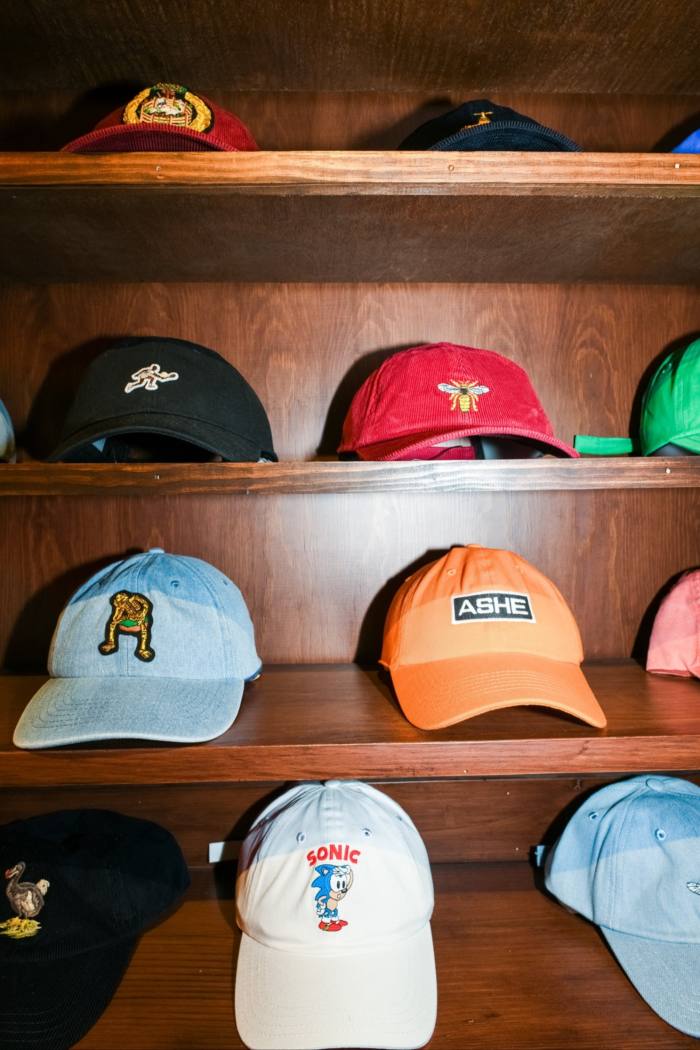
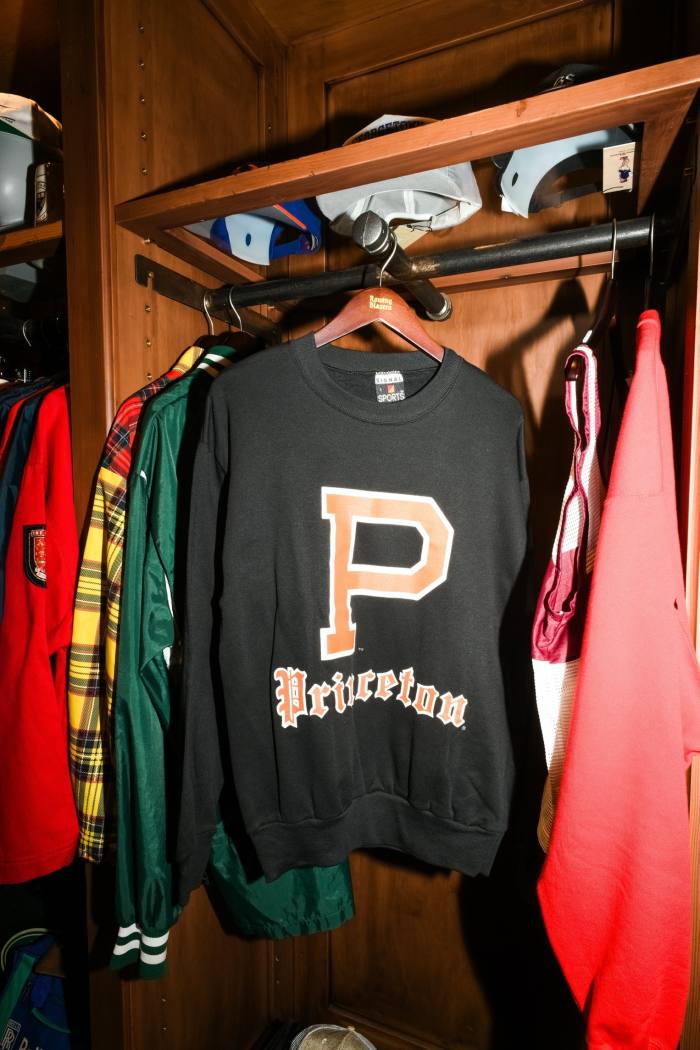
Alongside Rowing Blazers, Chipp and Warm & Wonderful, the Blazer Group portfolio also includes British knitwear brand Gyles & George and Arthur Ashe — the latter a new label the founders created last year, after licensing the name from the US tennis star’s widow. Carlson is the creative director of all five.
There is also a Manhattan store, informally called the Clubhouse, filled with varsity flags, an old boat and vintage clothing. Together, the group’s annual revenues are estimated to land somewhere between $10mn and $25mn, according to analysts and confirmed by the duo.
Rowing Blazers follows in the footsteps of menswear labels such as Aimé Leon Dore, Drake’s and Noah — tailoring mixed with sharp, sporty pieces. It’s predominantly casual: its best-selling style is a $200 rugby jersey, crafted on vintage machines in Portugal and sold in myriad versions of bold technicolour. Chipp promises to offer something dressier.
Like Aimé Leon Dore and Noah, Rowing Blazers is a prolific collaborator with other brands — with Carlson taking an “everything, everywhere, all at once” approach. There are boat shoes with Sperry, sneakers with K-Swiss, suitcases with Globe-Trotter and watches with Seiko. In January, 282 limited-edition timepieces developed with Zodiac, priced at $500 apiece, sold out within minutes on the Rowing Blazers website.
Neil Saunders, managing director at market research firm GlobalData, says Carlson has carved out a “distinct place in the market . . . [his] fresh take on traditional garments often borders on eccentricity and attracts a younger audience looking for statement pieces.”
Chipp is a natural addition. Founded in Manhattan in 1945 by Sidney Winston, Chipp has lain all but dormant for decades: Winston’s 84-year-old son Paul has been doing a small business in ties from his home in New Jersey via the website chippneckwear.com. In its heyday, the brand popularised whimsical animal embroideries that were later adopted by preppy brands as signature motifs — from Lacoste’s crocodile to Ralph Lauren’s polo pony. But it was also “the bad boy of the bunch”, says Carlson, noting that Chipp sold novelty ties with “Fuck You” motifs hidden within abstract patterns.
This playfulness aligns with Carlson’s own ethos: “Old-school preppiness that doesn’t take itself seriously.” Humour is his way of shedding Ivy League’s elitist baggage. A profanity tie might also appeal to the twentysomething shopper.
“When we started Rowing Blazers, we had so many people in our ear telling us prep was dead,” says Carlson. “Streetwear was big then . . . but it swung back around.” Younger shoppers are now sporting sturdy lace-ups and loafers with their Ralph Lauren caps, as Gen X has co-opted sweatshirts and sneakers. “I see similar things happening with tailoring . . . it was a big part of the preppy American canon,” he says.
It’s an interesting time to be reviving an Ivy League brand. The stalwart brands in the category “aren’t exactly thriving”, according to Sucharita Kodali, principal analyst at research and advisory company Forrester. Brooks Brothers filed for bankruptcy in 2020, while J Crew has suffered years of sales declines.
Financially, the squeezed middle market is “badly positioned”, says Kodali, as shoppers gravitate to the upper and lower tiers of the market. But GlobalData’s Saunders thinks the Blazer Group will ride the tide. “It has unique and interesting products . . . It’s in a much better position than a more middle-of-the-road brand like J Crew, where it is easy to find cheaper and similar alternatives to save money,” he says. “Not all middle-market players are being squeezed equally. Position and proposition are everything.”
“We have a cult following, which offers a little insulation,” says Rosenzweig. Despite the US being the group’s biggest market, Carlson isn’t overly concerned about reports of a “richcession” there. “Our business model is more nimble than traditional fashion brands,” he says.
The Blazer Group’s decision to license instead of acquire brands outright aligns its business model more with the New Guards Group, the now Farfetch-owned company that operates the licences for Off-White, Heron Preston and Palm Angels. Acquiring would require “significantly more money and time investment”, says Rosenzweig. There is also only one creative director salary to pay: Carlson’s.
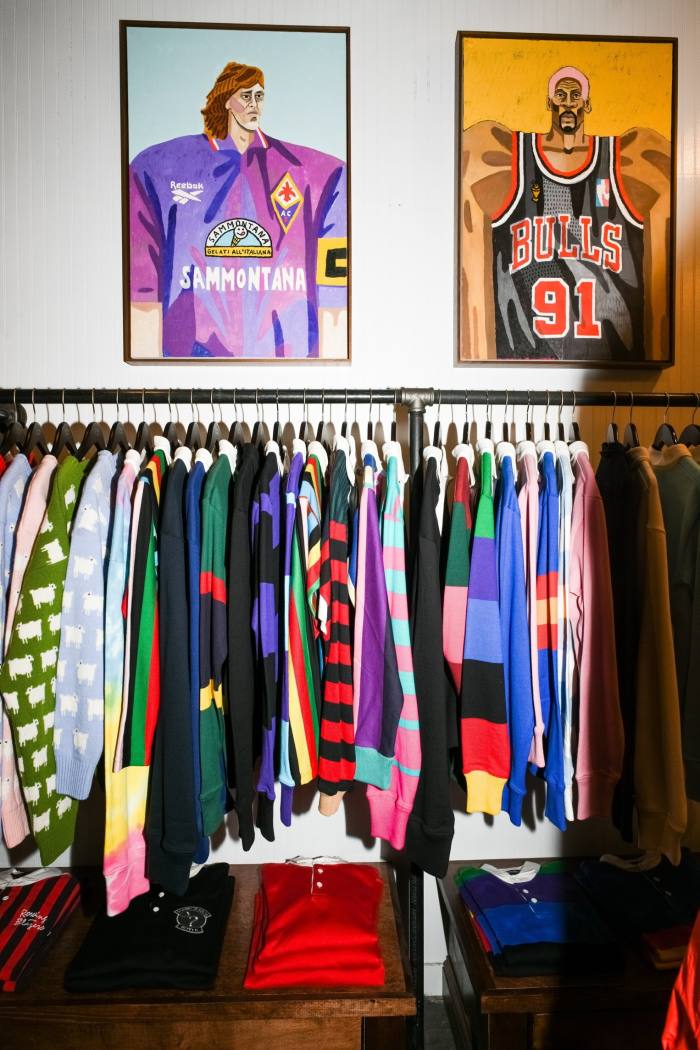
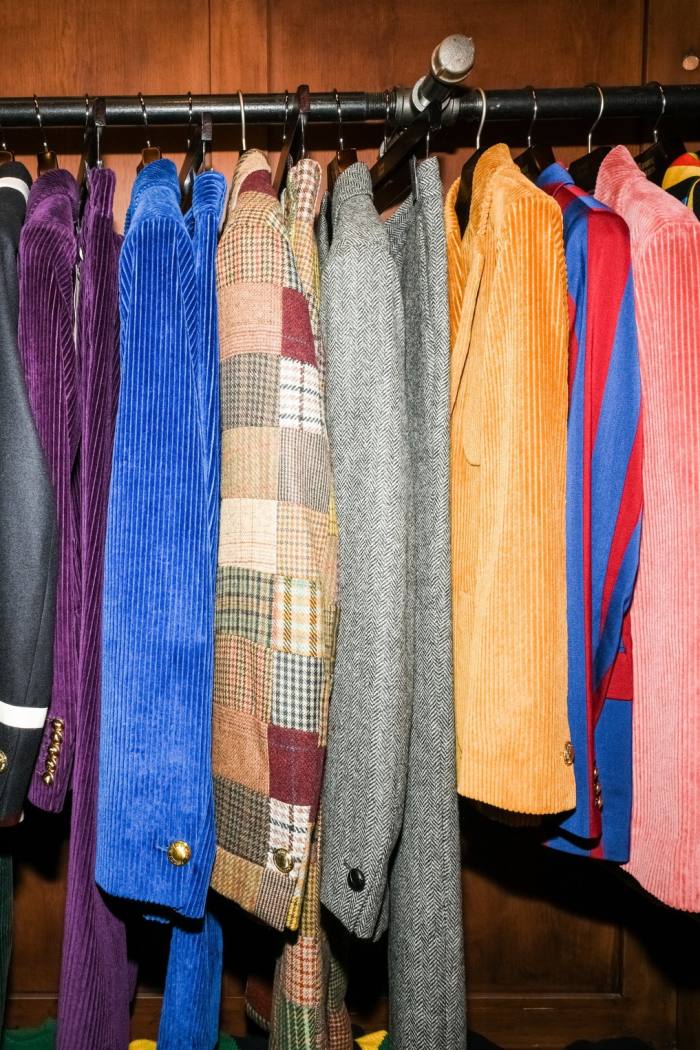
“It allows us to operate in an asset-light way,” says Carlson, who insists the company isn’t “looking to open [more] stores”. He and Rosenzweig are, however, planning to wholesale the licensed brands — something they’ve been unable to do with Rowing Blazers itself. “Our margins [for Rowing Blazers] don’t cater to wholesale,” says Carlson. “We’ve been approached about it countless times, but we can’t make it work.” Instead, the plan is to focus on growing direct-to-consumer sales online.
They are ambitious for the company: their long-term goal is to turn the Blazer Group into a $1bn business. Carlson is the majority shareholder; minority stakes are owned by Tyler and Cameron Winklevoss, the Harvard graduates and early crypto investors who claimed Mark Zuckerberg stole their idea for a campus network (they ended up with a $65mn settlement). “We are small right now,” says Rosenzweig. “But the brand punches above its weight.”
Thankfully, Carlson is never short of ideas. “I love finding the magic dust . . . tuning the components or the colours to make something old feel so right for now,” he says. “That’s what I live for.”
In the meantime, you’ll find him in the Chipp archives with his fossil brush.
Find out about our latest stories first — follow @financialtimesfashion on Instagram
